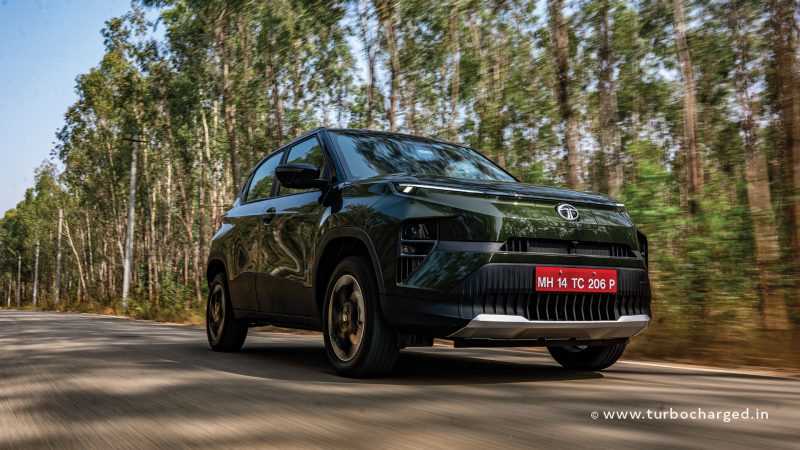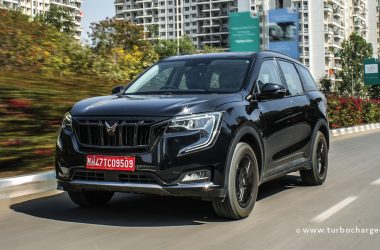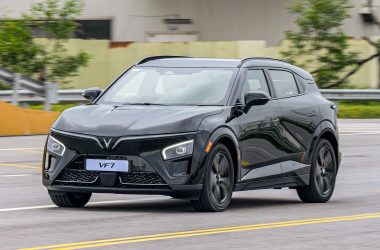Tata Motors can be called a pioneer in the Indian EV space. Being one of the early adopters has allowed the Indian carmaker to enjoy a successful run in the EV spectrum. Another reason for this success is the number of accessible EVs in its portfolio. The Tata Punch EV sets a new direction for the carmaker. It is based on India’s first pure EV architecture, called ‘acti.ev’, one which will underpin its future EVs. But how good is it? Let’s find out.
The Punch EV is built on a new, EV-only platform – the Acti.ev, unlike the Ziptron on other Tata EV products and one which is a modified version of the carmaker’s existing ICE platform. Acti.ev stands for ‘Advanced Connected Tech – Intelligent Electric Vehicle.’ It is a layout and battery-agnostic platform, and can be configured as FWD, RWD, and, of course, AWD. The Tata Punch is set up on a FWD platform.
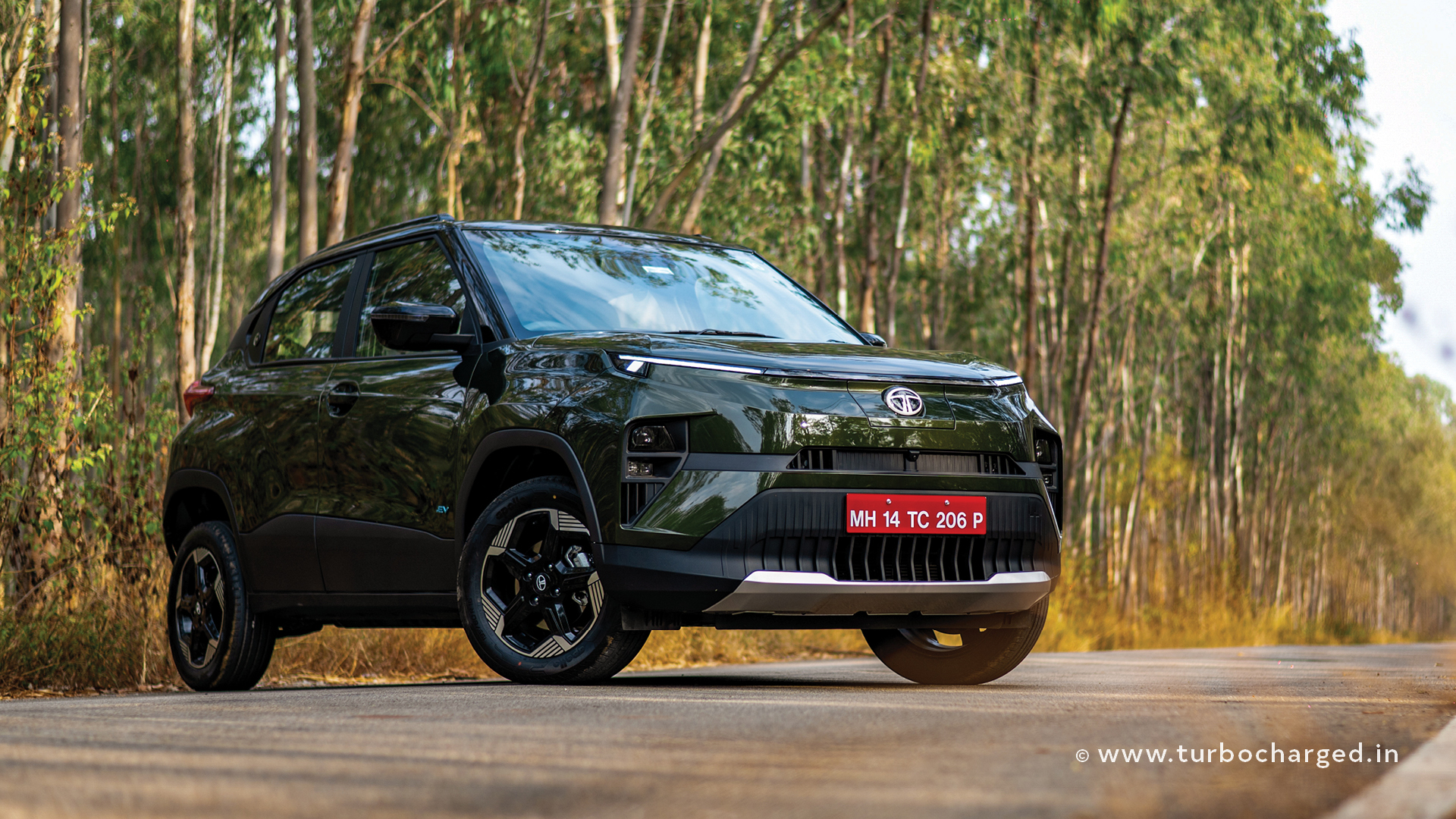
The Punch EV adopts the new “.ev” design language, featuring the signature single LED bar at the front, similar to the Nexon EV. It also incorporates the welcome and goodbye function, along with the charge indicator integrated into the LED DRL itself. Another notable feature are the new sequential turn indicators. The grille has been closed off to enhance the EV’s aerodynamics, giving the Punch EV a clean and streamlined look. The redesigned front bumper is flanked by LED headlamps with the LED fog lamps located below that also double up as cornering lamps.
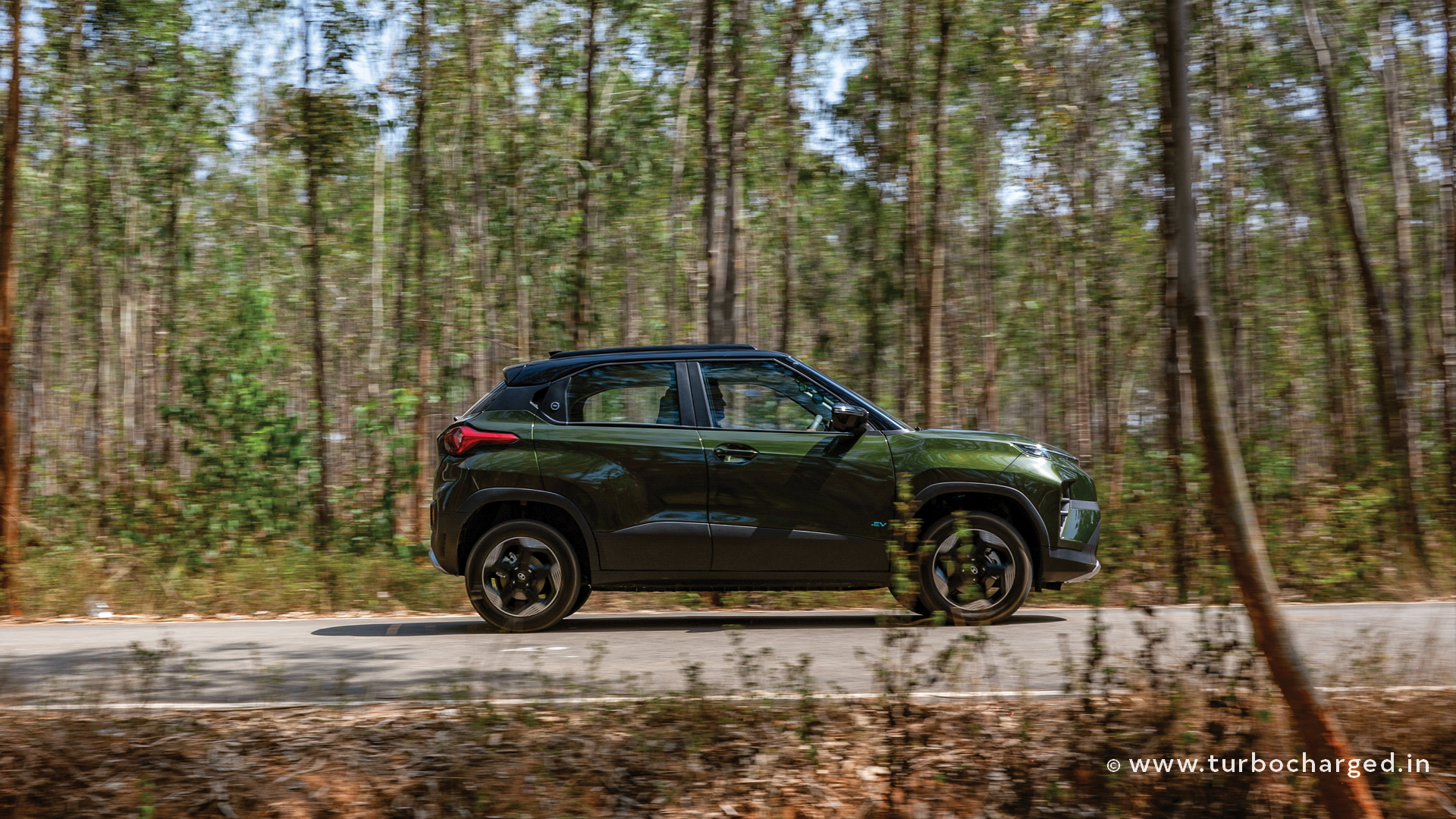
The side remains similar to the ICE-powered Punch save for the new 16-inch alloy wheels and an EV badge. Our test car features a two-tone Seaweed colour scheme with blacked-out roof, roof rails and ORVMs. The rear too is similar to its ICE sibling save for the EV badge on the tailgate. Interestingly, unlike other Tata EVs, the Punch EV offers the same 336-litres of boot space as the ICE-powered Punch thanks to Tata’s new EV-only active architecture. The platform also allows for a 14-litre frunk – enough space to conveniently store the charging cable.
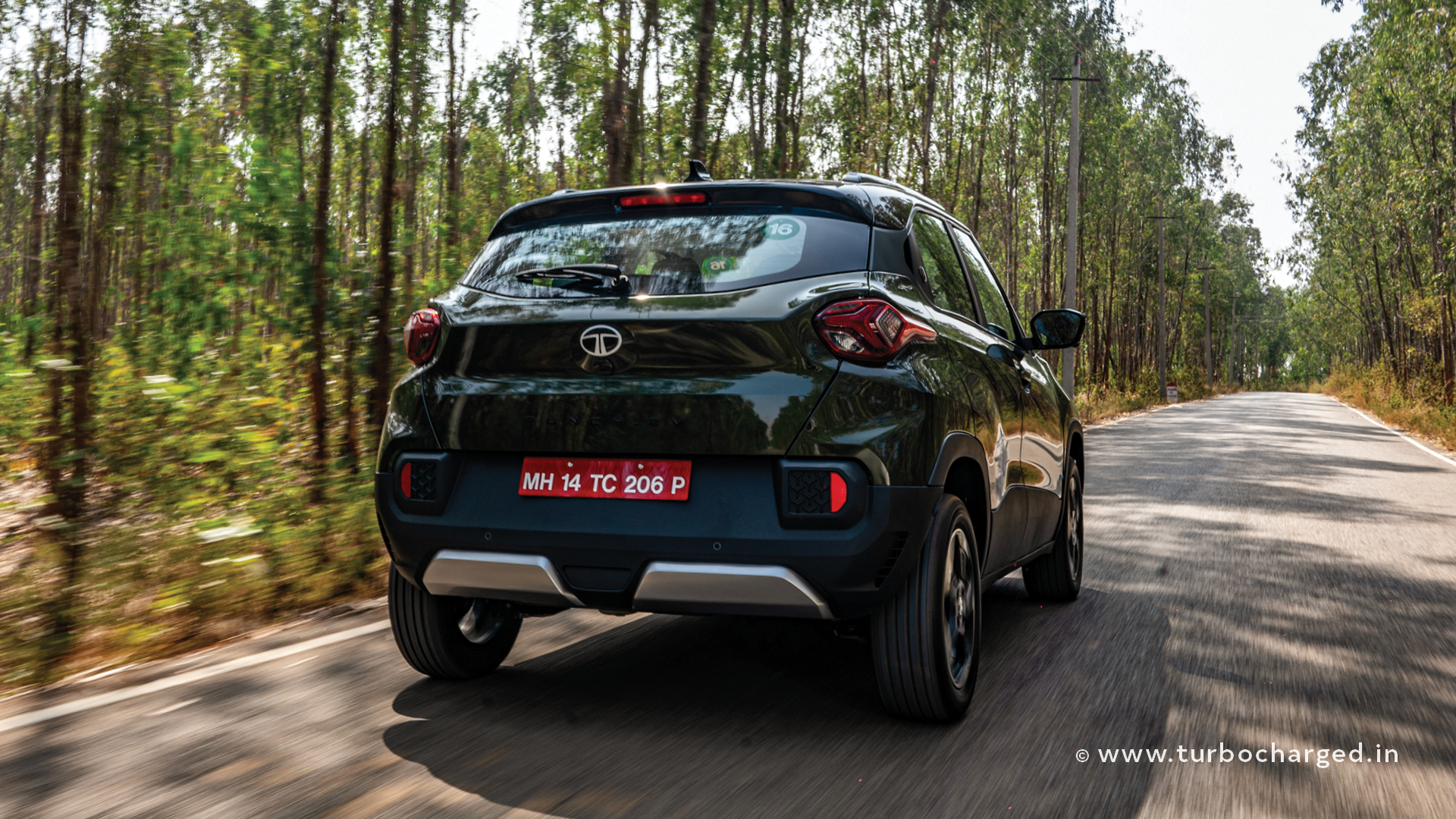
On the inside, it gets a good-looking two-tone black and grey theme. The 10.25-inch floating infotainment screen features the same UI as the Nexon EV and offers Arcade EV features as well. This means you can play games and stream shows on the infotainment screen itself when charging the EV or with the vehicle stationary. Besides this, you also get the new steering wheel with the glowing Tata logo. It includes paddle shifters to control your regen levels. It even gets a new 10.25-inch digital instrument cluster capable of displaying various themes and layouts, along with a map that can span the entire screen, making navigation easier.
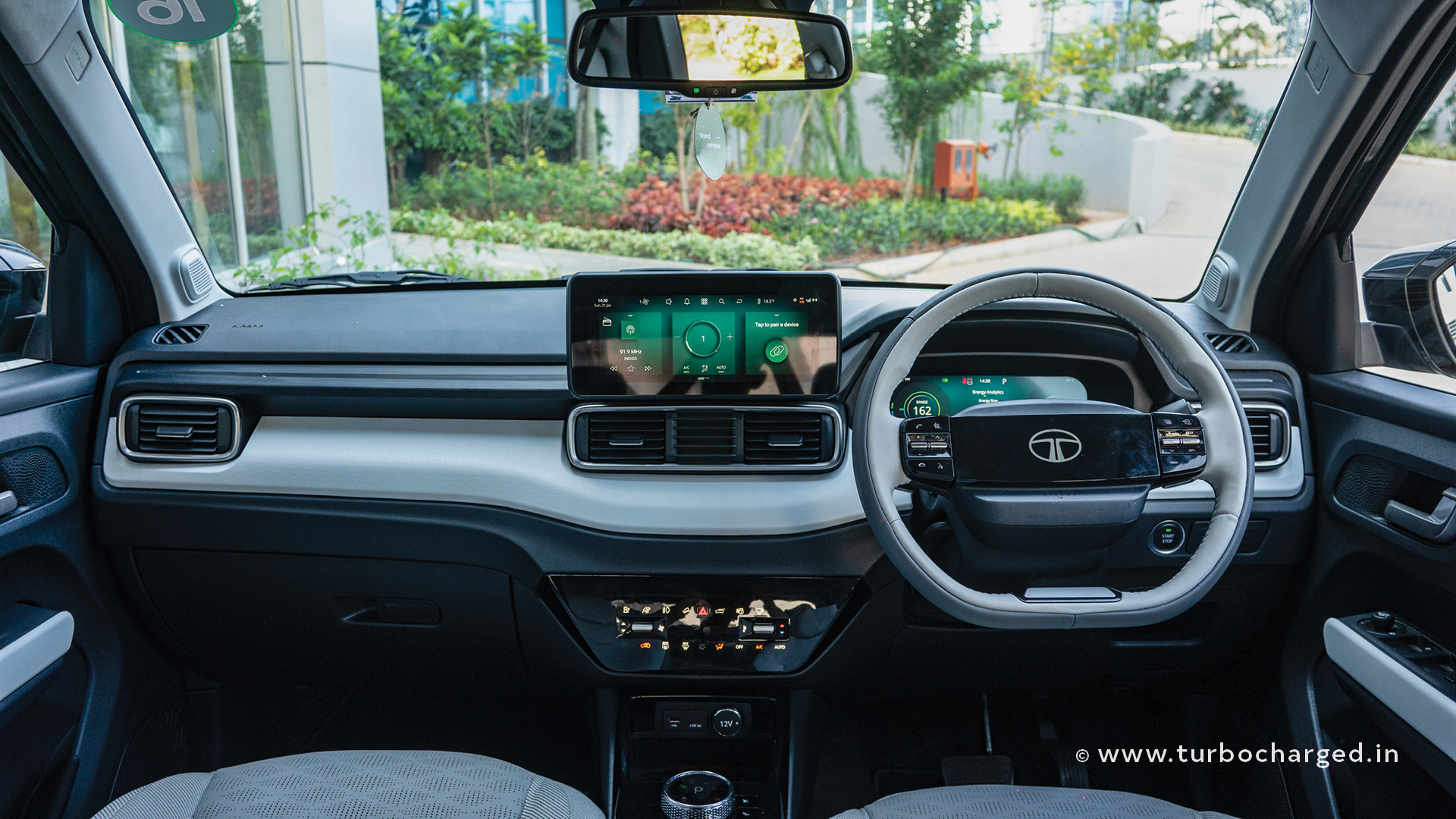
The HVAC control unit is new as well, featuring touch-sensitive buttons. I’m glad Tata has retained physical switches for fan speed and temperature controls, making them easier to use. Interestingly, the HVAC control panel also houses the charging port access button. For inside charging it gets a Type-A and Type-C port along with a 12V charging socket and a wireless charging pad.
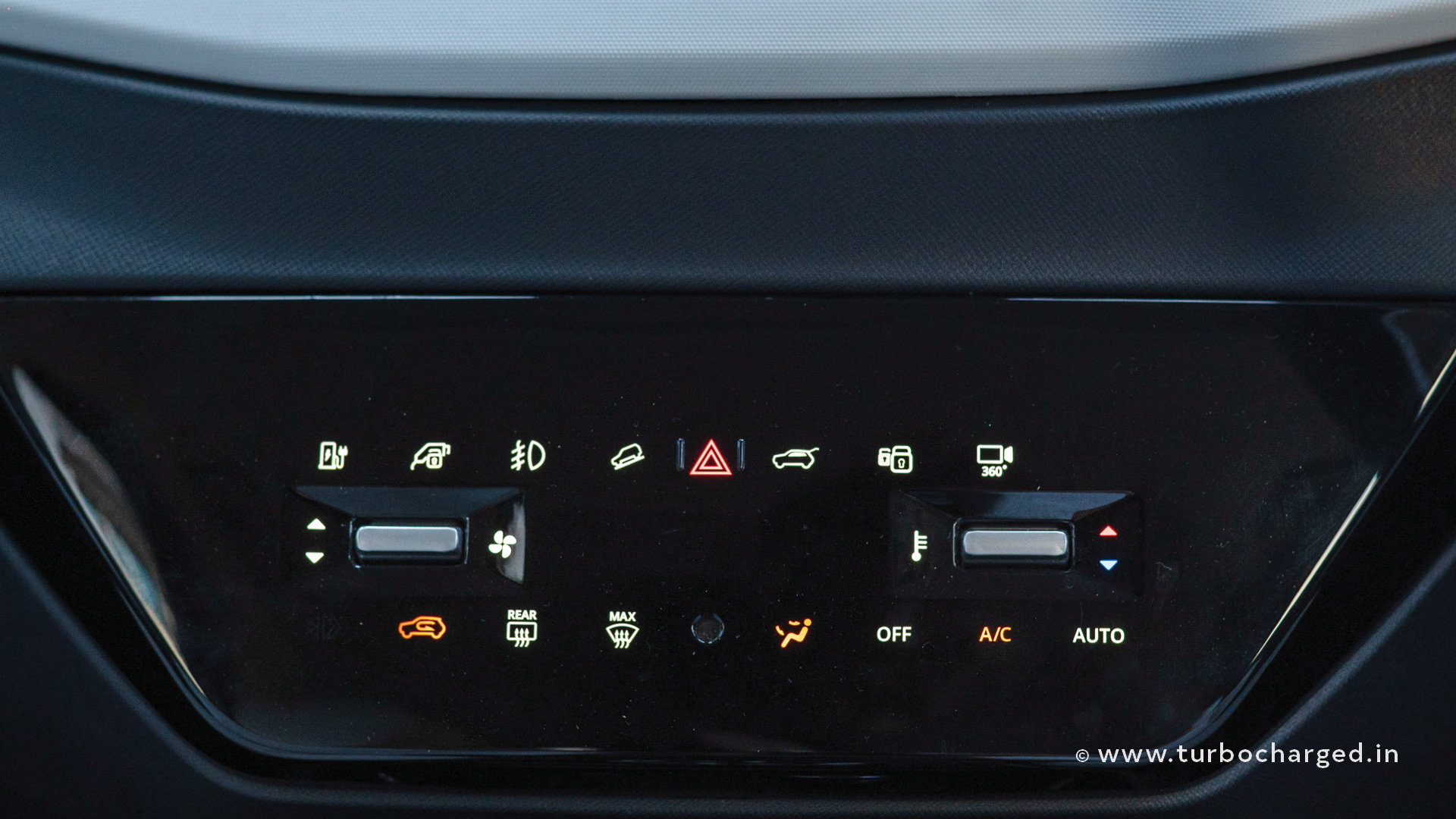
The Punch EV packs in an impressive array of safety features, including six airbags as standard, an Electronic Stability Program, ISOFIX child seat anchors, and a SOS Call Function for emergency and breakdown situations. It also has rear parking sensors, a 360-degree Camera Surround View System, and a Blind Spot View Monitor. More impressive is its IP67-rated battery pack and motor.
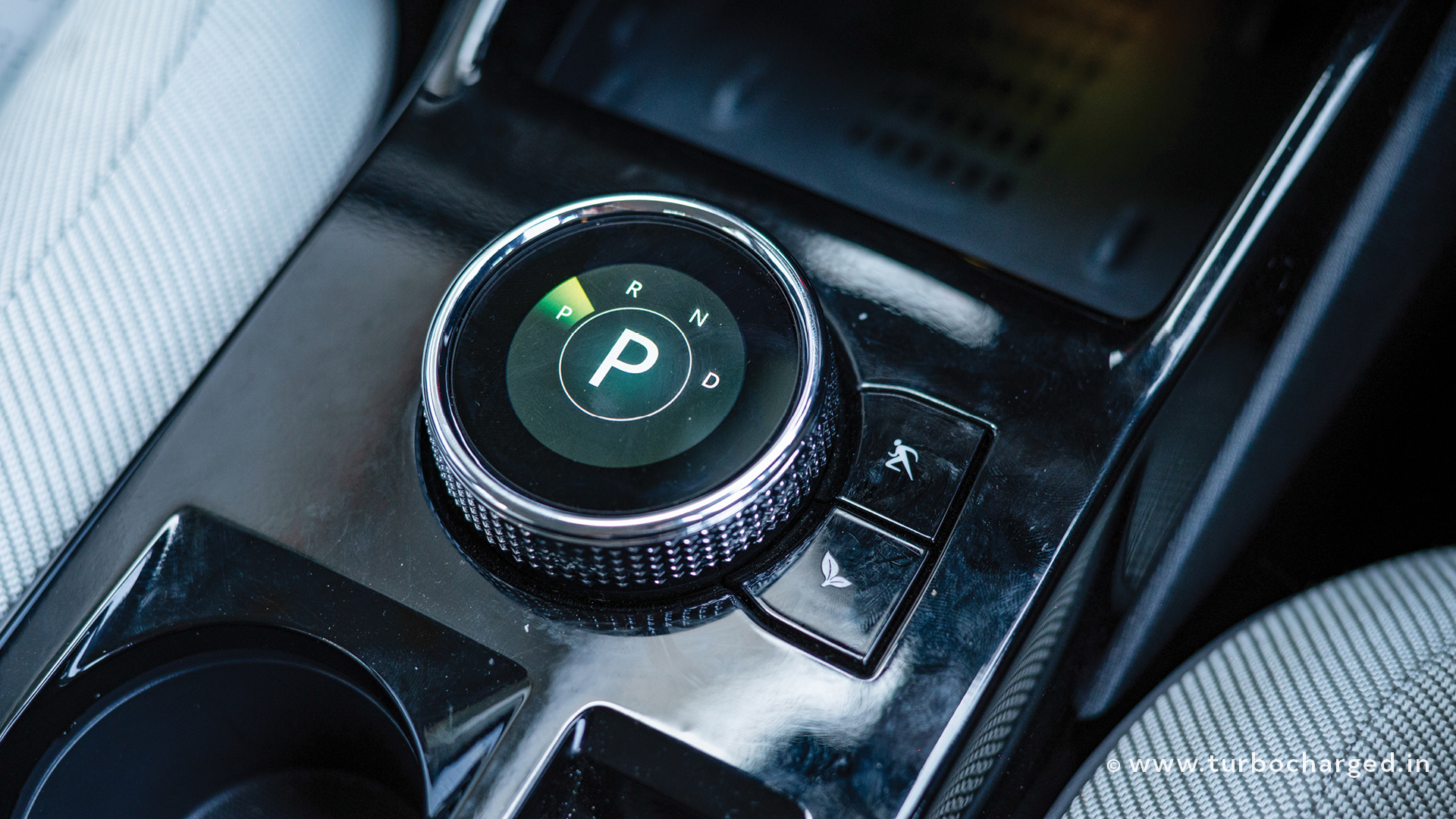
The jewelled drive selector, equipped with a screen allows you to choose between Eco, Normal, and Sport modes. The front two seats are ventilated, and you can also opt for an optional sunroof. The trims are finished in a piano black finish and are easily scratched- our review unit has scratches on the steering wheel as well as on the centre console.
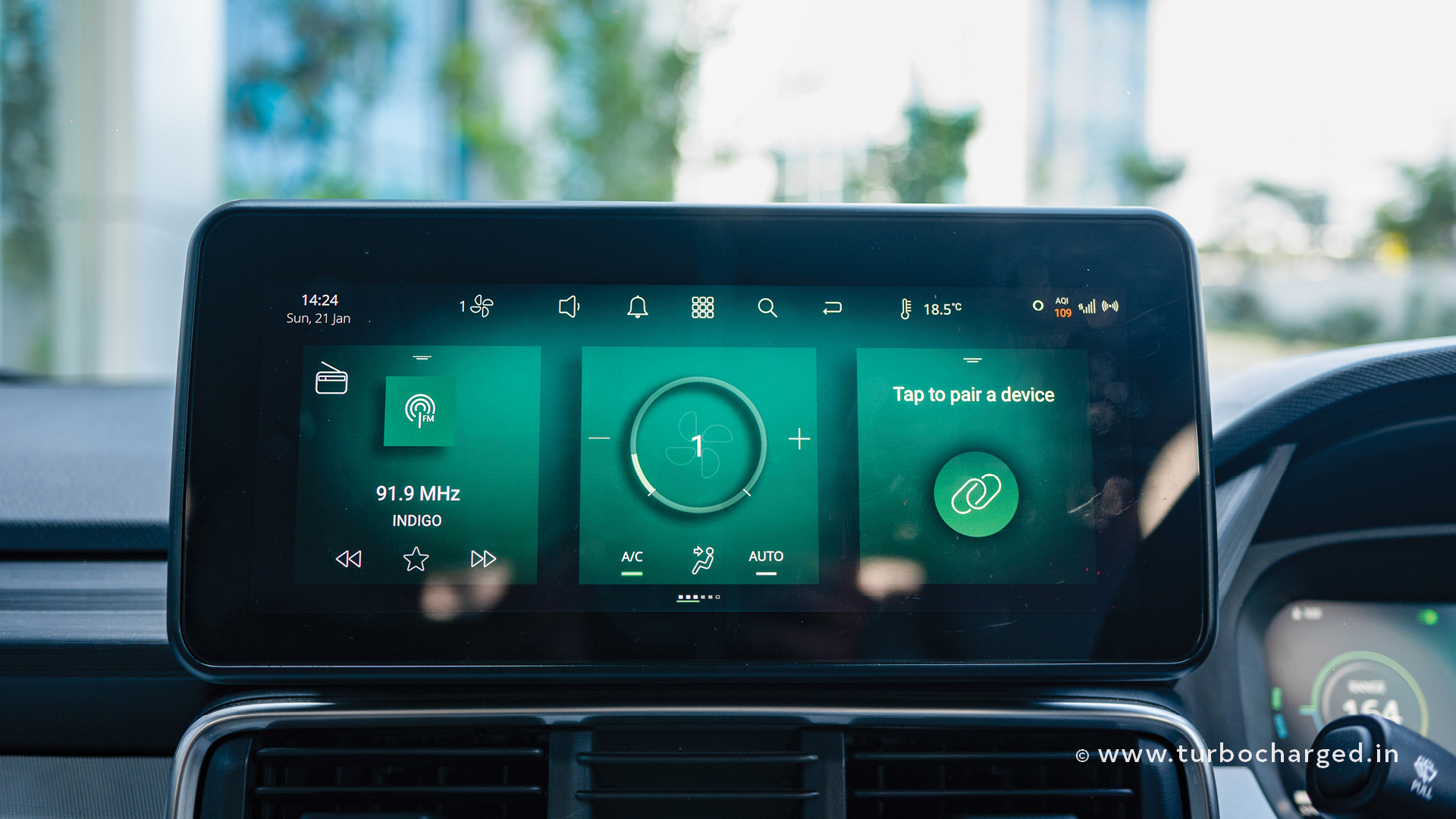
The Punch EV is offered in two specifications: with a 25kWh battery pack, producing 81.5PS and 114Nm with a claimed 315km range; and a 35 kWh battery version that delivers 122PS, and 190Nm along with an impressive 421km claimed range. The long-range variant can be charged from 10 to 80 percent in just 56 minutes using a DC fast charger.
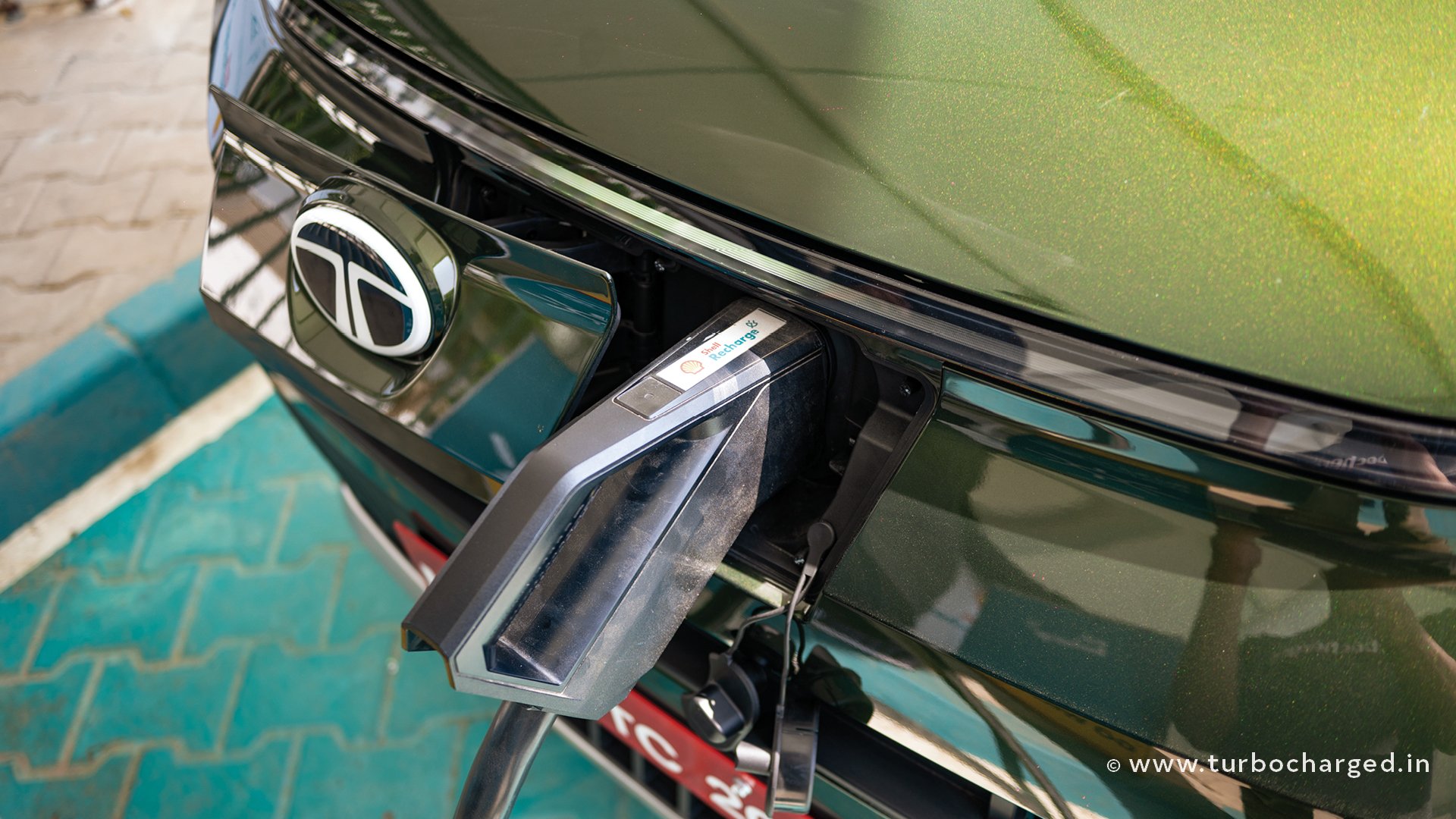
Getting behind the wheel of the Punch EV and immediately noticeable is the pronounced sense of vigour. 190Nm of torque delivers a punch from a standstill, ensuring a quick and gratifying acceleration that is linear until it reaches its capped top speed of 141kmph.
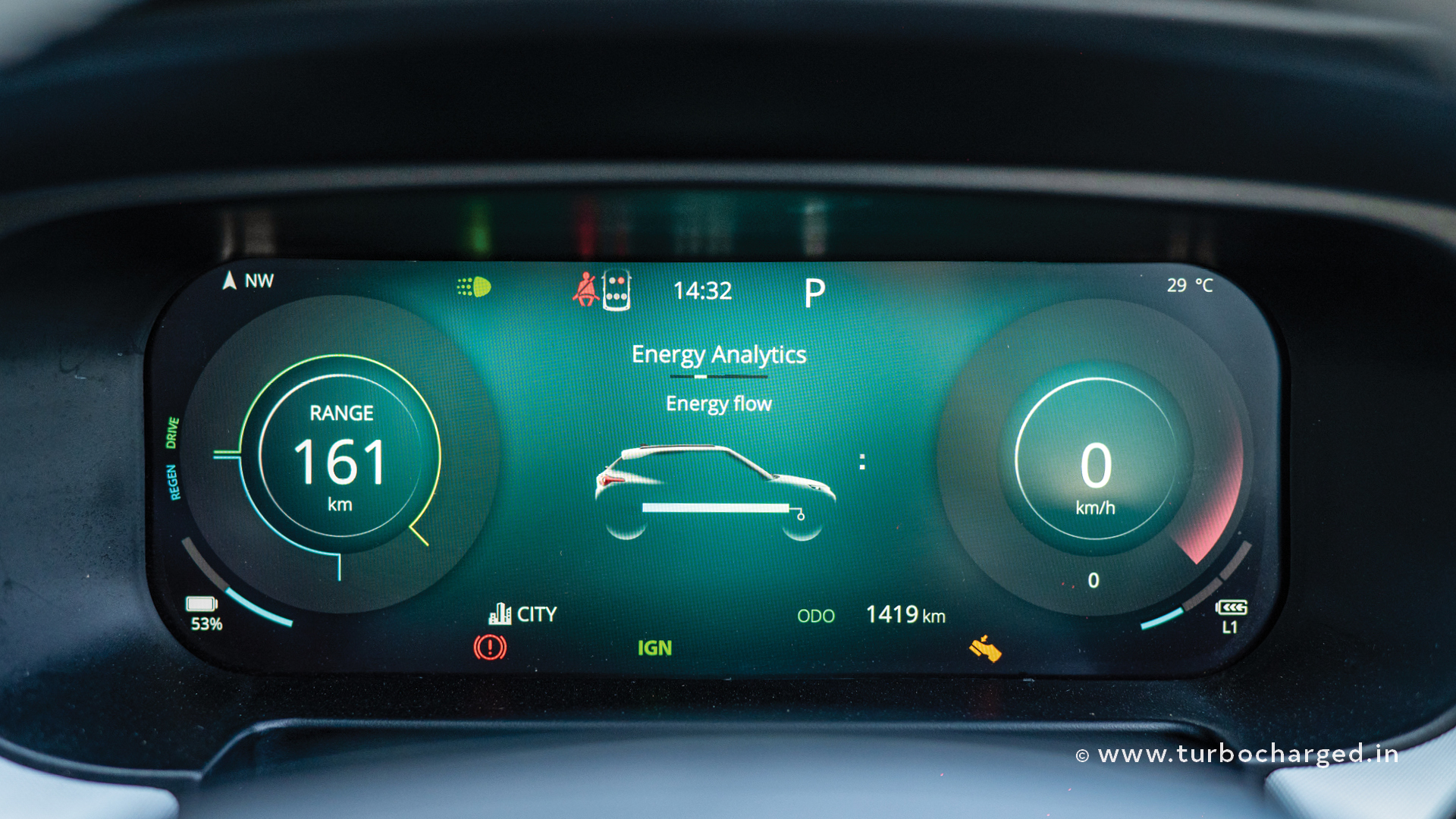
Adding another layer to the driving experience are the three distinct driving modes – Eco, City, and Sport. Each mode presents a noticeable difference in throttle response. The Eco mode, tailor-made for navigating city traffic, restricts power delivery for optimal efficiency. In contrast, the normal mode provides ample power for deft manoeuvring in various driving conditions. Meanwhile, the Sport mode caters to enthusiasts, delivering an acceleration that firmly plants occupants back into their seats along with wheel spins from the low resistance tyres.
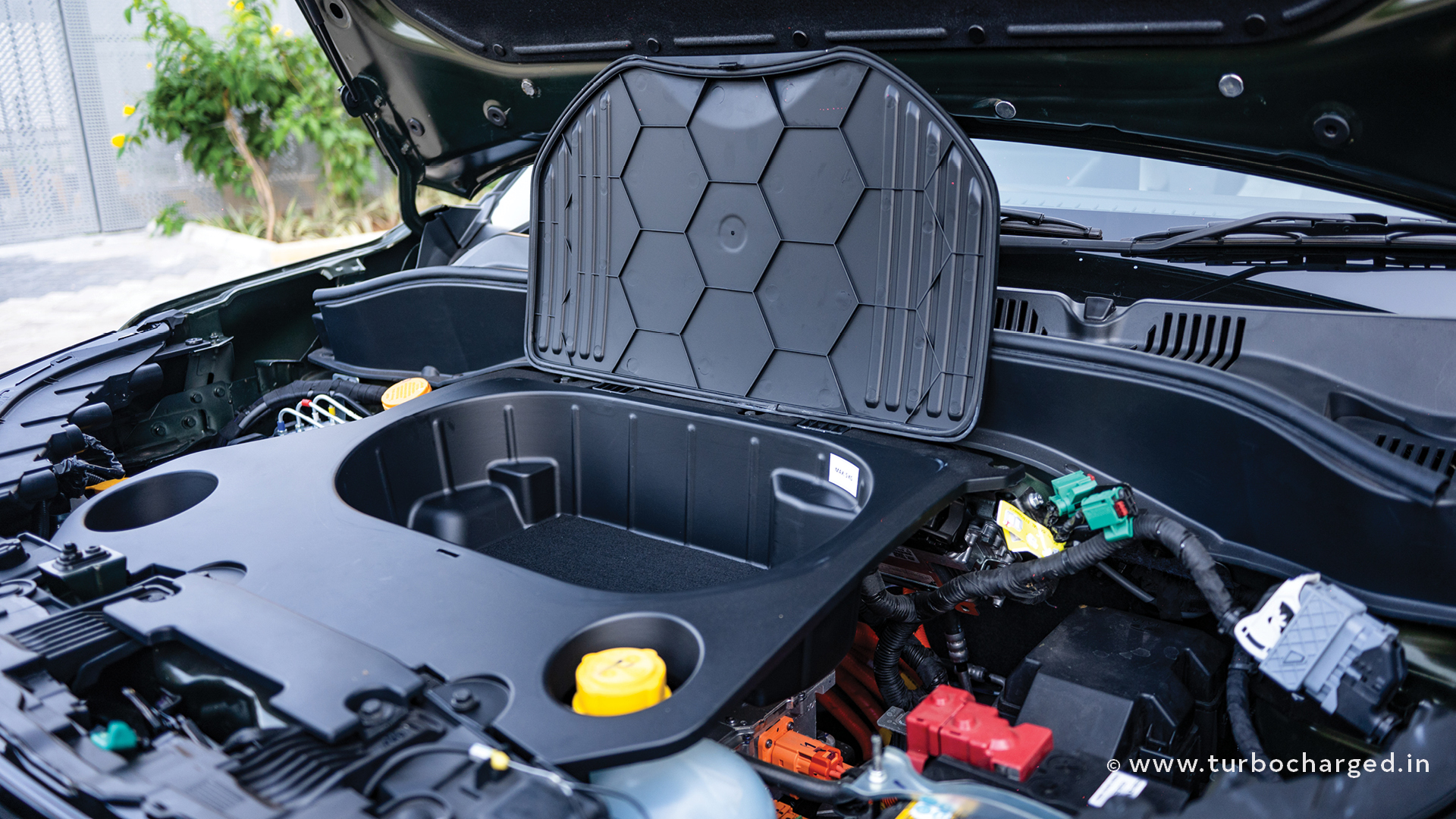
The suspension delivers a stable ride at triple-digit speeds and feels composed in corners as well. Body-roll is kept well in check thanks to the battery pack mounted low under the floor. It’s only Achilles heel is the Eco tread tyres which are great for maximising range with its low rolling resistance but not so much for outright grip in corners.
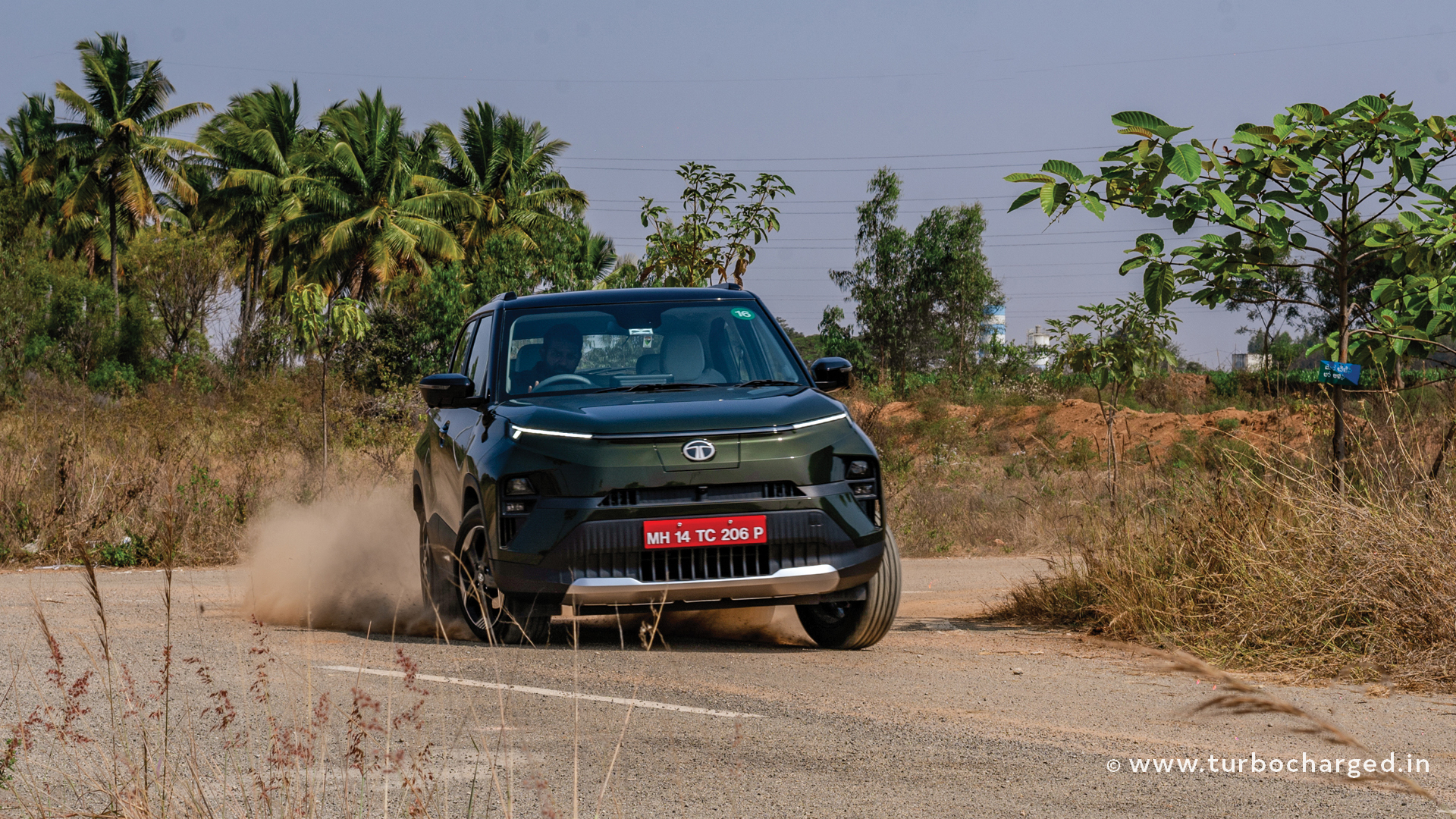
The Punch EV excels in city driving, deftly handling potholes and speed bumps with ease. It is planted at triple-digit speeds with good vertical and roll stability. However, in the corners, the eco-tread tires let it down, even though the chassis has the capability to handle more. Unfortunately, the eco-tread tires have low grip, resulting in understeer. But Tata told us their choice of tyres results in a 5 percent increase in range.
Our test unit was equipped with disc brakes all-round and also benefits from regenerative braking, featuring four levels ranging from zero to three and controlled by paddle shifters. The highest level, three, proves to be the most aggressive and is well-suited for highway driving. Levels 2 and 1, on the other hand, excel in urban settings, offering a smooth deceleration reminiscent of traditional braking. During my time with the EV, I predominantly used level 2 regen, rarely resorting to the brake pedal. That said, the brakes off a good bite and are more than up to the task of rapidly shedding speed.
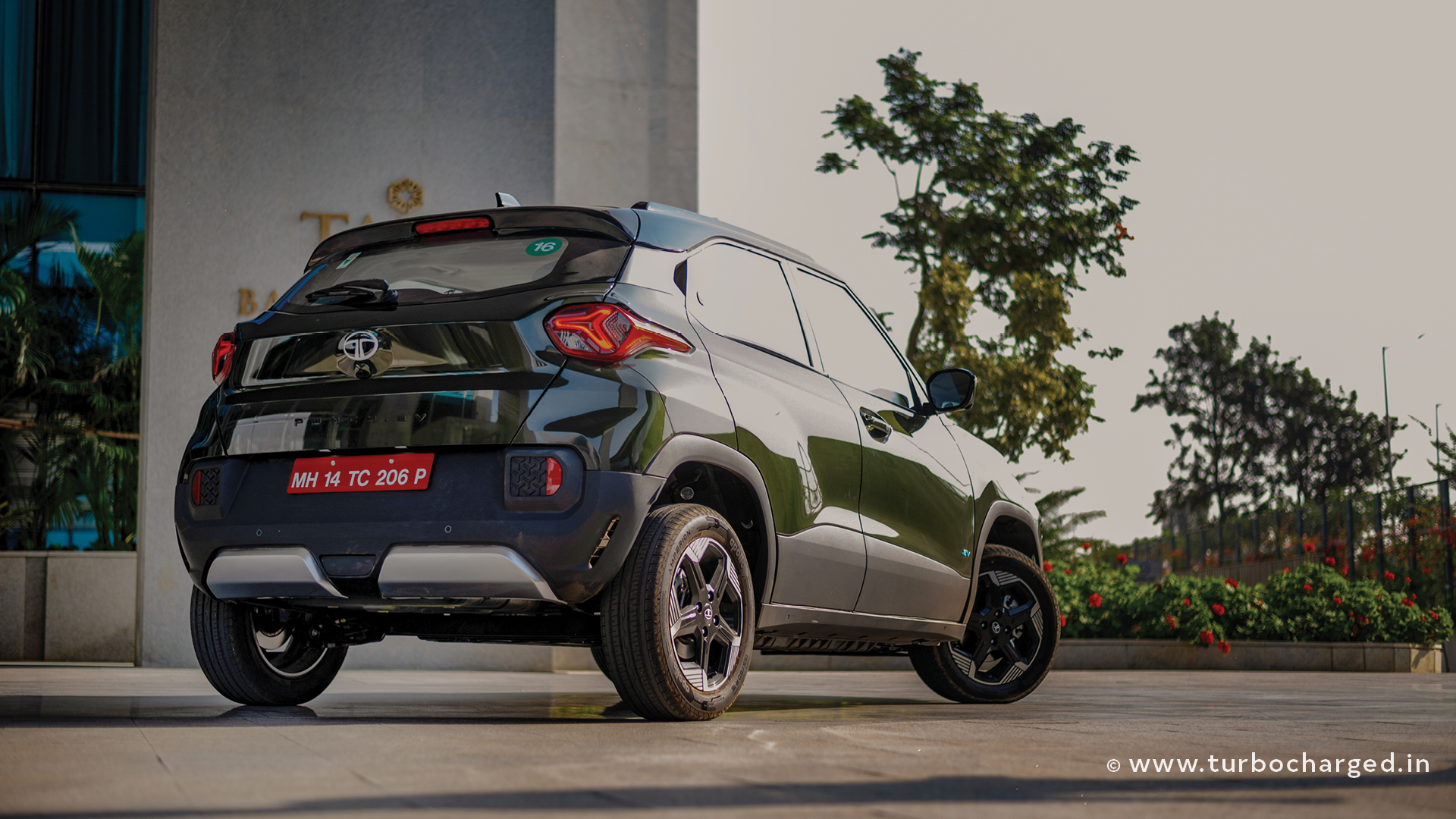
The Tata Punch EV bridges the gap between the Tiago EV and the Nexon EV well. With prices starting at Rs 10.99 lakh ex-showroom and the top-of-the-range model at Rs 14.49 lakh ex-showroom. The Punch EV looks handsome, gets impressive features, good performance, safety and all of this while contributing to saving the planet! More importantly, it gives us a taste of Tata’s new platform which will underpin future Tata EVs. The future seems bright indeed.





